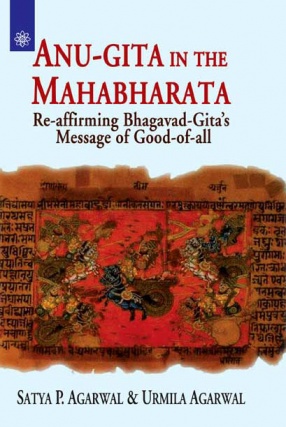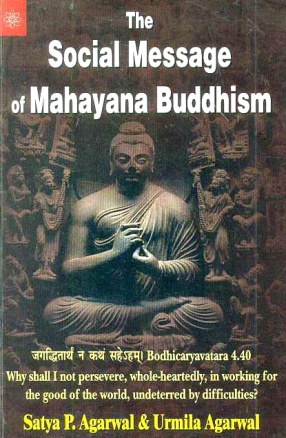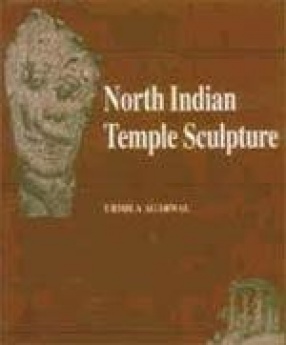
Showing all 4 books


The purpose of writing this book is to make available to English-knowing readers, an easyto-read version of Anu-Gita. Although Anu-Gita is an important part of the Maha-bharata, it has so far not been presented in a simple form to common people, with the result that most people do not even know that such a book exists. The prefix 'Anu' denotes 'after', so Anu-Gita literally means 'Gita occuring after'. In the Mahabharata, Bhagavat-Gita occurs in Parva No. 14. (In ...

The conceptual origin of this book is linked with the study and research that the authors did in USA from 1953 onward in association with Alan Watts who laid open vast field of research opportunities connected with Buddhism.
The research on ‘Lokasamgraha’ (Good of the world) which has similarities with Sarvodaya picked up steam in 1987. Their first book on Lokasamgraha was published in 1993, under the title The Social Role of the Gita: How and Why. ...

Sculptural study provides a clear window to the socio-economic and religious study of the past. North India is full of numerous temples of early medieval period (9th to 13th centuries AD). Contemporary temples in the south have already been covered by several authors but no such exhaustive study of the North Indian temples has been done. An attempt has been made in the present work, to study the sculptural wealth of the North Indian temples and to glean from it ...
